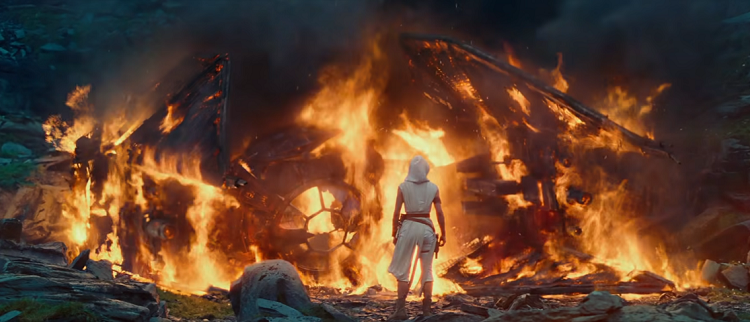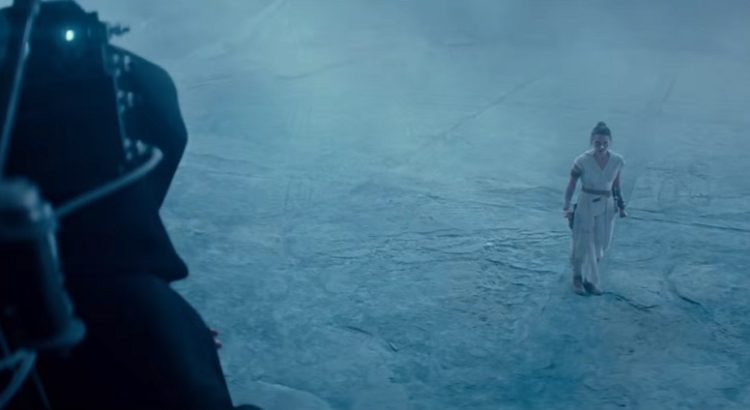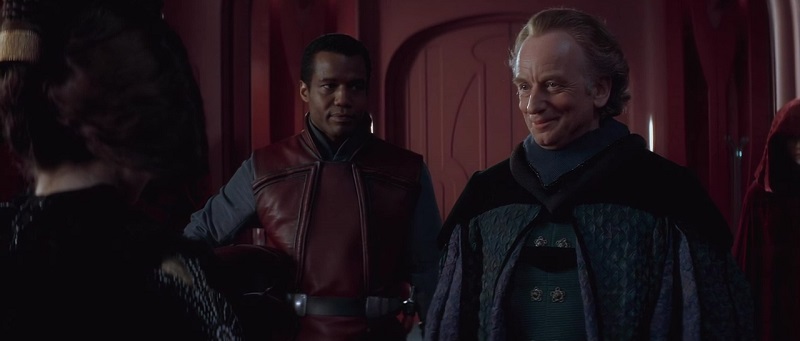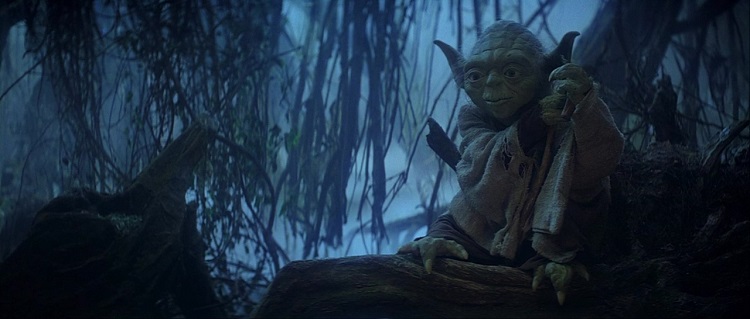I’ll get this out of the way early: I don’t think The Rise of Skywalker is a very good film. I am not arrogant enough to think that I can change anyone’s mind about a movie, especially a movie leaden with such importance for so many. But I hope that for those who are hurt, dismayed or even just plainly dissatisfied with The Rise of Skywalker, maybe there is still some small comfort to be found, something of value. As undeniably clumsy and compromised as the film is, there are nevertheless some rich ideas either openly at play or buried in the shuffle of a distracted and haphazard plot, ideas that are in conversation with the rest of the Skywalker saga and hearken back to its cinematic ancestry.
The two elements of the film’s climax and denouement that I want to look at are Ben’s sacrifice and Rey’s lineage. I believe these are wedded together inextricably — two families locked in alternating alliance and opposition throughout seventy-odd years of galactic history shifting through social and religious strata to polar extremes, and carrying the hopes and dreams as well as the horrors and crimes of the galaxy on their backs. In The Rise of Skywalker, there is a seismic collision that ultimately comes down to the choices of the characters rather than something predetermined — transforming both families, and indeed, what we thought mattered in Star Wars itself.
Read More



